
A tribute to Fiberfab's Corvette Centurion prototype
Text and photos by Steve Temple
In ancient Rome, a Centurion was an officer who had earned a special status. As such he was acknowledged by a salute, signified by beating on one’s breastplate, continuing with an upward thrust of the hand.
What's all this have to do with Sting Ray racer concept? Well, we recently came across a Centurion of a different sort, a rare rebody design based on Bill Mitchell’s iconic ‘59 Sting Ray racer, which fits on either the C1 or C2 chassis (‘53 to ‘65). This 20th century warrior boasts its own special status and colorful history, both of which deserve hailing.
The story begins with Warren “Bud” Goodwin, who founded the Fiberfab company in 1964, offering street-rod parts and body panels for Mustangs. He developed a number of kit cars using various chassis platforms and bearing exotic names such as Aztec, Banshee, and Jamaican. None was quite as alluring as the Centurion, however, not surprising since it was a close copy of the seminal Corvette concept.
Only seven bodies were built, but the limited run was not due to a lack of interest or promotion. Goodwin raced the Centurion shown here—the prototype and only factory-built version—in club events, and it appeared in ‘Man from Glad” commercials and as a backup car in the Elvis movie Clambake.
Sadly, both the company and its creator came to unfortunate ends, according to Tom Lieb, president of Scat Crankshafts, whose father was a dealer for Fiberfab. After the Liebs had picked up a load of body parts at the factory in Northern California and were heading back home, a startling news report aired on their truck’s radio as they approached Los Angeles.
Goodwin discovered his wife and factory engineer having an affair, and claimed she was accidentally shot between the eyes. Apparently, the jury didn’t buy his story. GM’s lawyers wanted to kill off the Centurion as well, not wanting to see an unauthorized replica on the market.
Goodwin's prized Centurion prototype is now owned by vintage racer and car collector Wes Abendroth (who confirms Lieb’s recollections). He has a fondness for obscure and rare kit and race cars from the Fifties and Sixties.
Not all of Abendroth's vehicles are on static display, however. His Centurion is a regular sight on the vintage-racing circuit, and he restores all types of classic cars in his spare time. This fondness for the old-school approach explains his attraction to the Centurion, which he found through a fellow Corvette enthusiast in central California. The friend called Abendroth and convinced him to come check out this strange and mysterious car.
“When I first saw it, I thought it had come from Mars or something,” he laughs. “But it looked really, really good, so I had to have it.” Deciphering the Centurion's authenticity was a challenge, but the current owner of Fiberfab, Daniel Richer, told him to look under the back deck, behind the seats. Lying on his back, Abendroth was able to spot a piece of masking tape glassed into the body, bearing the number 12612. Based partly on that serial number, he has good evidence that it’s Goodwin's factory-built prototype.
The car was in running condition but in need of a complete restoration. Abendroth decided to bring it up to race condition as a tribute to its background. What vintage racer worth his salt wouldn't yearn for a car that basically duplicates the original ‘59 Sting Ray Racer—and even goes it one better? After all, this one-of-a-kind car is outfitted with the much improved ‘65 C2 F-41 suspension and J-56 brakes, along with a '65 Chevy 327 mill, a Muncie M22 close-ratio trans, and a 3.70 rearend. The small-block has a forged 3.25-inch NASCAR crank, while a 750-cfm Holley sucks fuel from a 24-gallon ATL cell.
When Abendroth first came across the car, it wore American Racing magnesium rims, which looked cool but weren’t all that good for racing. These days, at track time he rolls on a set of aluminum Torq-Thrust Ds. He also discovered a bit of bumpsteer (well, actually a lot, as the car once spun out on a corkscrew turn), so he spent considerable time and moolah fine-tuning the chassis, shimming tie rods and adding a Guldstrand sport suspension, among other mods. “You can spend as much money on that as cosmetics,” Abendroth admits.
Even so, he had to repaint the car to the original silver, as it was a dingy brown when he first obtained it. Fortunately, the fiberglass quality was very good (something you can't say about all kit bodies of that era). Other mods included raising the nose slightly to increase the hood clearance, a tweak necessitated by the custom-fabricated aluminum air cleaner Abendroth installed.
In the cockpit, he placed Fiberfab lettering on the passenger side and fitted '65 Corvette blue-leather upholstery to racing seats he made out of aluminum. Behind the driver’s bucket, he added a headrest pod, a factory option he came across in England. The shift lever is a Hurst unit, cut and drilled to match the style of the side mirror. The door handles got the same treatment, as did the mount for the vintage Tachrad radio (an AM/FM unit shaped like a tach and installed on the transmission tunnel).
To meet racing spec for vintage events, he also installed a cutoff switch between the seat backs, along with a rollbar, a fire extinguisher, a fuel cell, and twin overflow tanks (one each for oil and water).
This project isn’t the only Fiberfab car in Abendroth’s large garage. He came across a second Centurion, one whose bodywork had been installed to replace the original Sting Ray fiberglass, which burned off the chassis. So he’s the only guy in the world with two C2-based Centurions. (He notes that the C1 version doesn’t fit as well, as the driver sits too high, head above the windshield). Abendroth has big plans for this next one: “I plan to take it to a world-class level.”
The ‘59 Sting Ray racer served its purpose in creating desire. And the Centurion capitalized on this yearning as well, if only for a brief moment in time. Thanks to Abendroth, there are now at least two Centurions worth saluting.

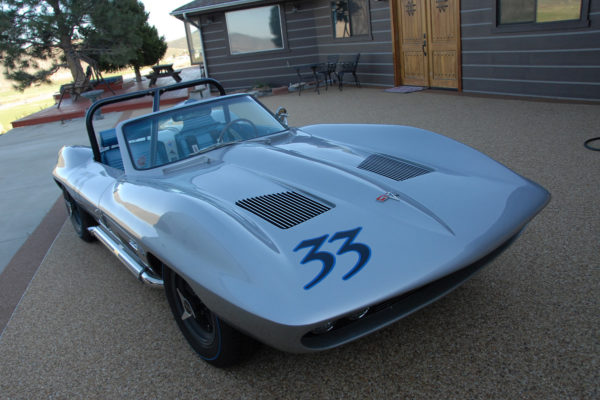
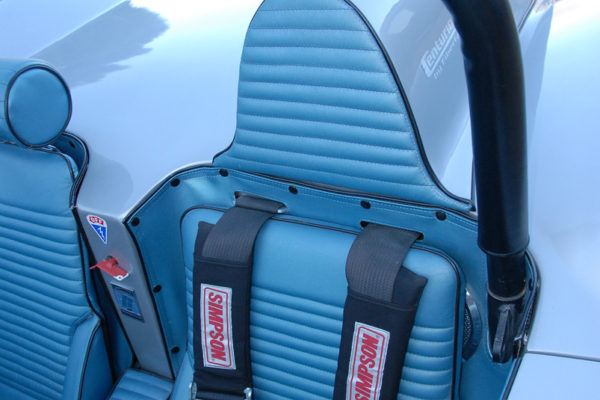
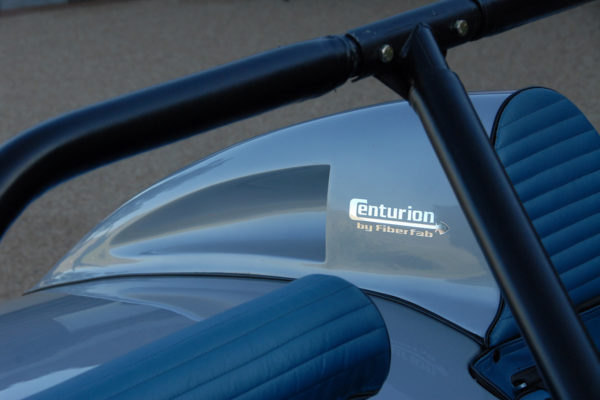

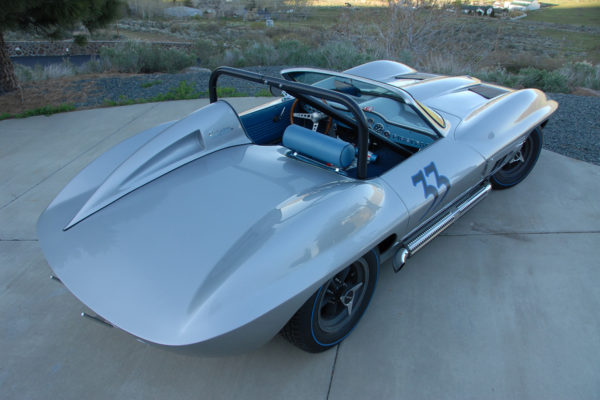
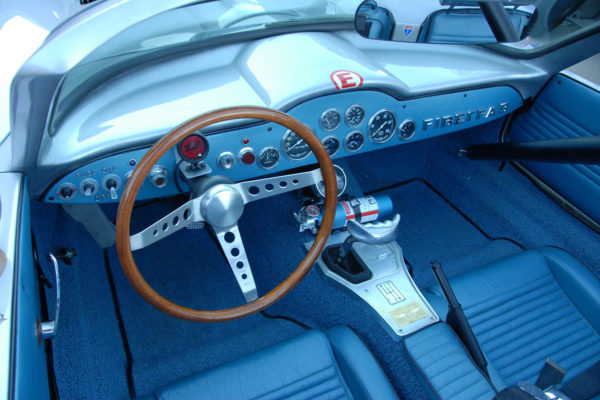
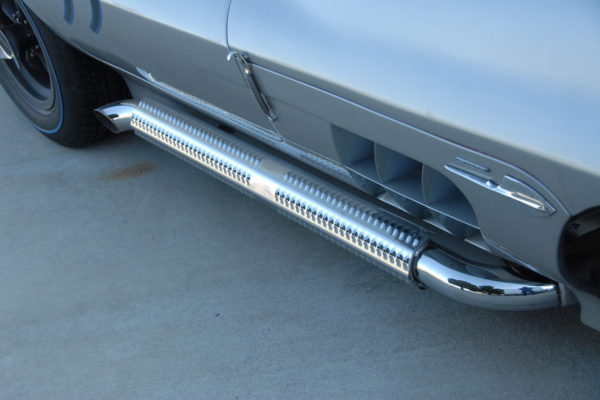
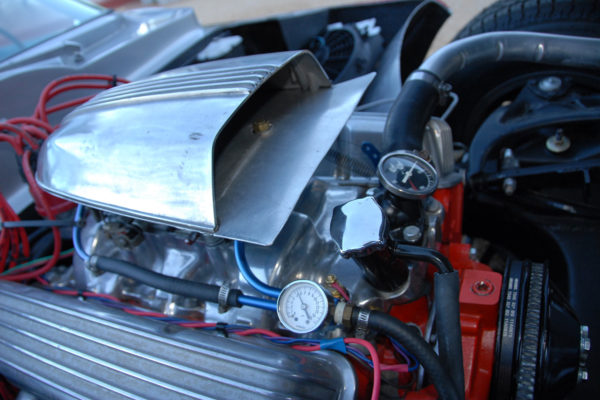
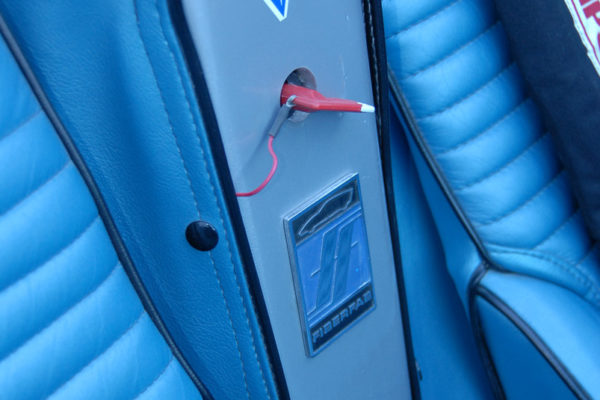

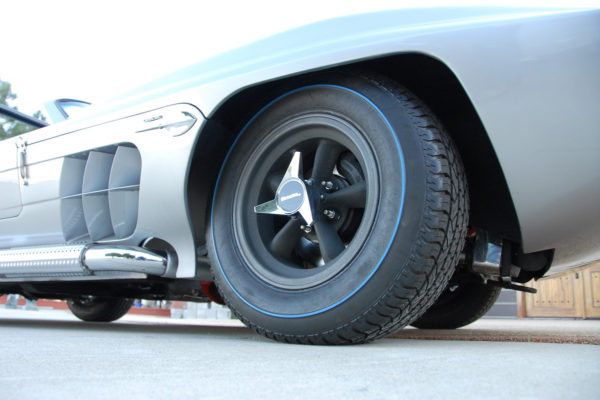
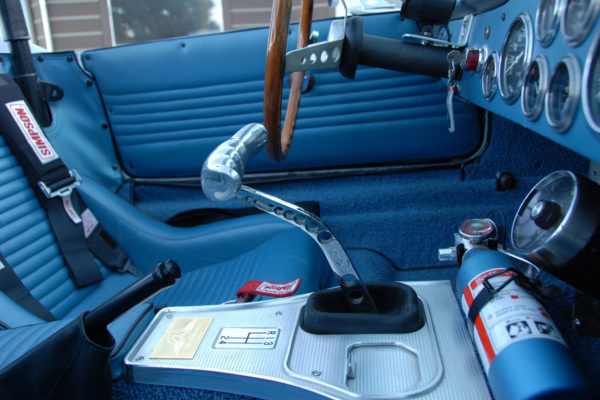
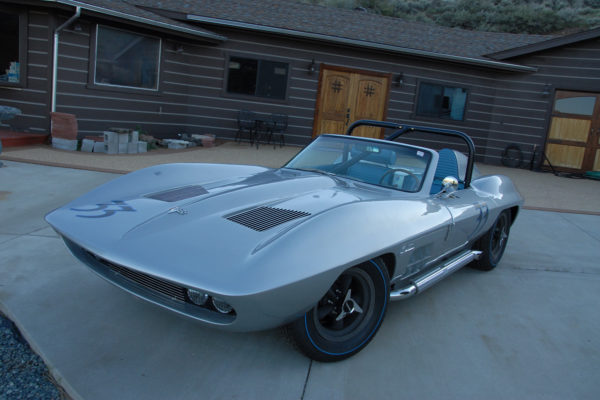
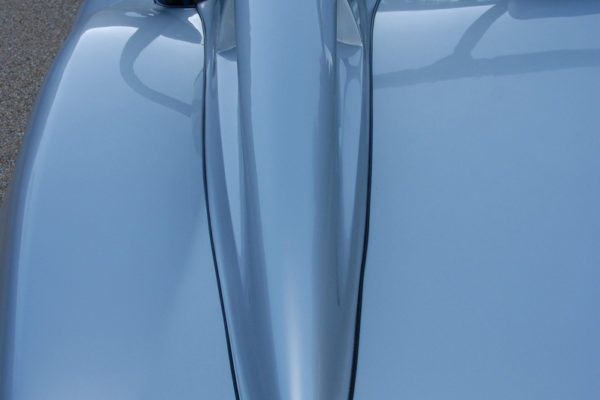
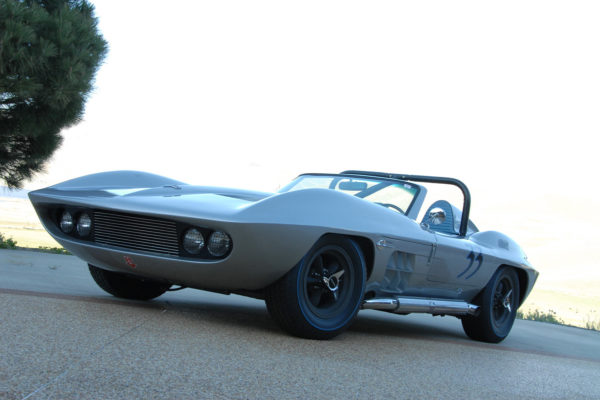
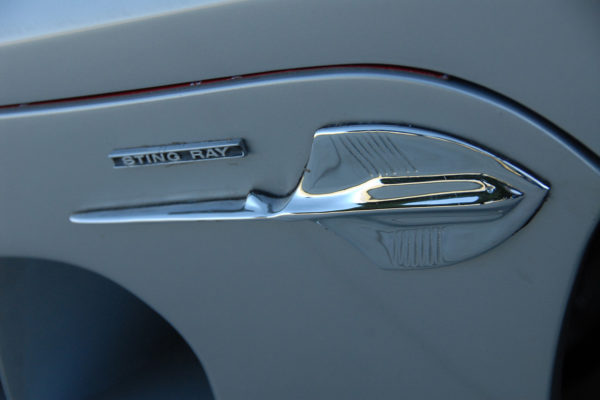
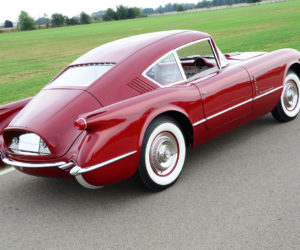
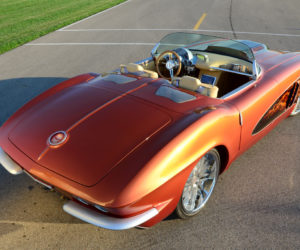
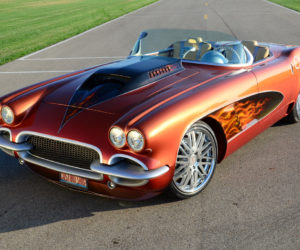
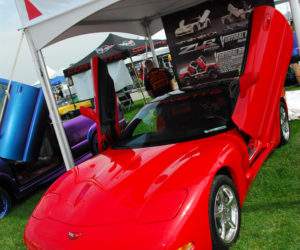
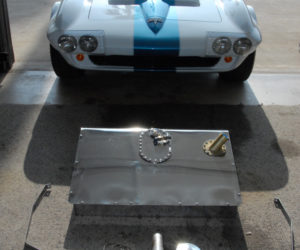
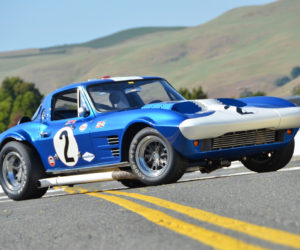




Comments for: SALUTING THE CENTURION
comments powered by Disqus